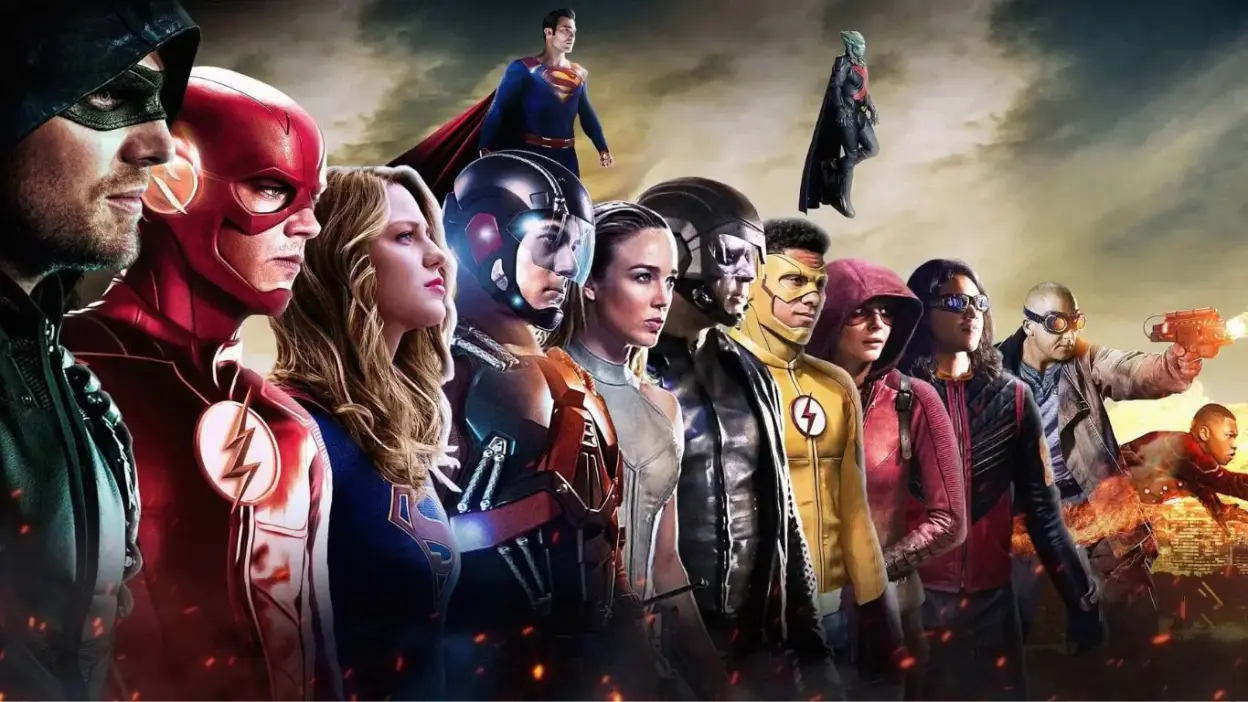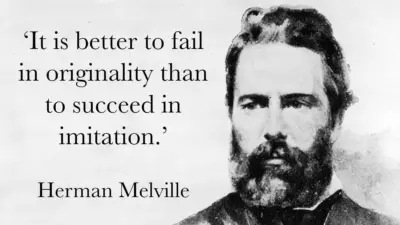Hop on board as we take a deep dive into “The Evolution of DC Comics Movies: A Journey Through the History of DC Movies.” In this blog, we’re going to stroll down the memory lane of DC’s cinematic universe. From the serials of the 40s to today’s epic movie sagas, we’ll see how these films have grown and adapted, mirroring the shifts in technology and what we, as viewers, love to watch. It’s a journey filled with innovation, changing tastes, and the ever-evolving world of comics.
The Evolution of DC Comics Movies: A Journey Through the History of DC Movies
The Dawn of Superheroes: The 1940s Serials
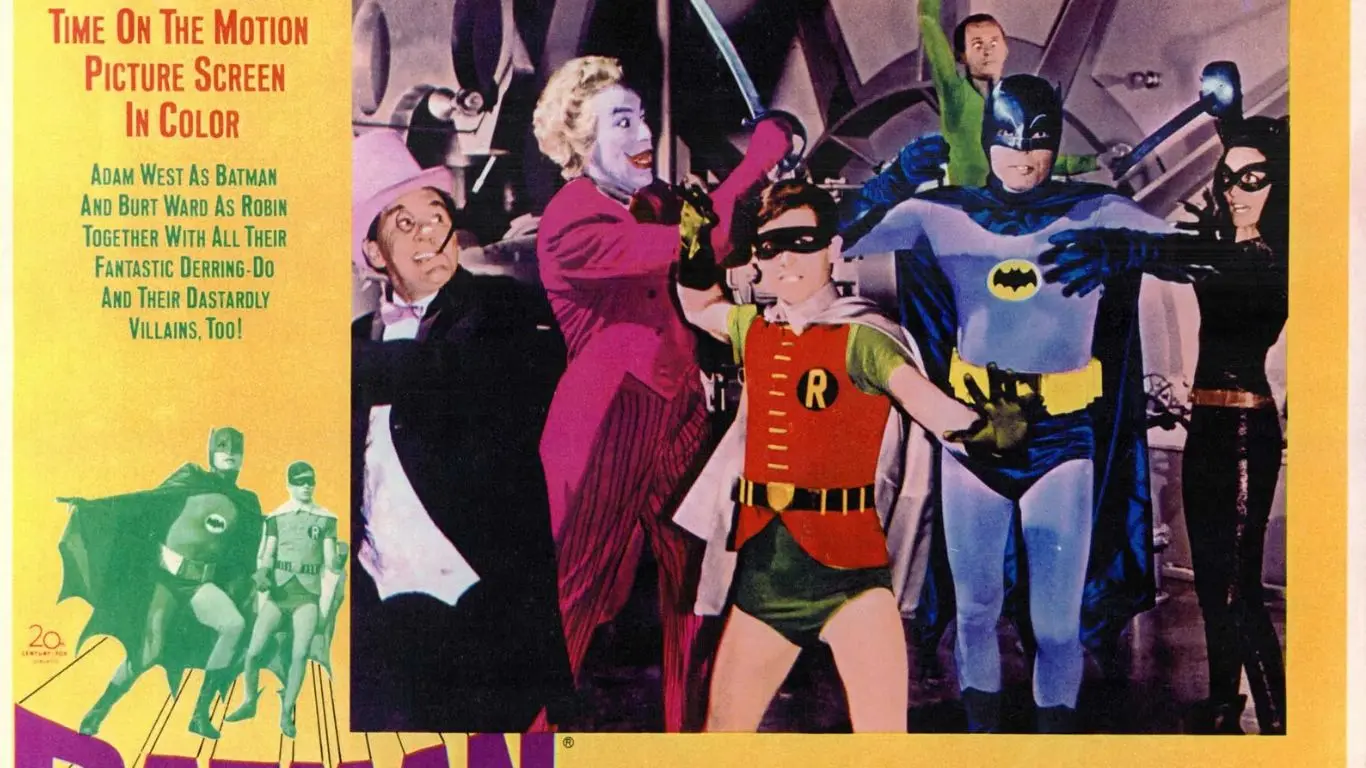
In the 1940s, DC Comics characters found a new home in cinema through serial films. These early adaptations, like the “Batman” serial in 1943 and the “Superman” serial in 1948, introduced audiences to a new way of experiencing their favorite heroes. Though simplistic by today’s standards, they laid the groundwork for future adaptations.
The era’s political climate, especially World War II, influenced these serials. They often portrayed superheroes fighting against tyranny, reflecting the real-world conflict and resonating with contemporary audiences.
The Silver Screen Supermen: 1950s to 1970s
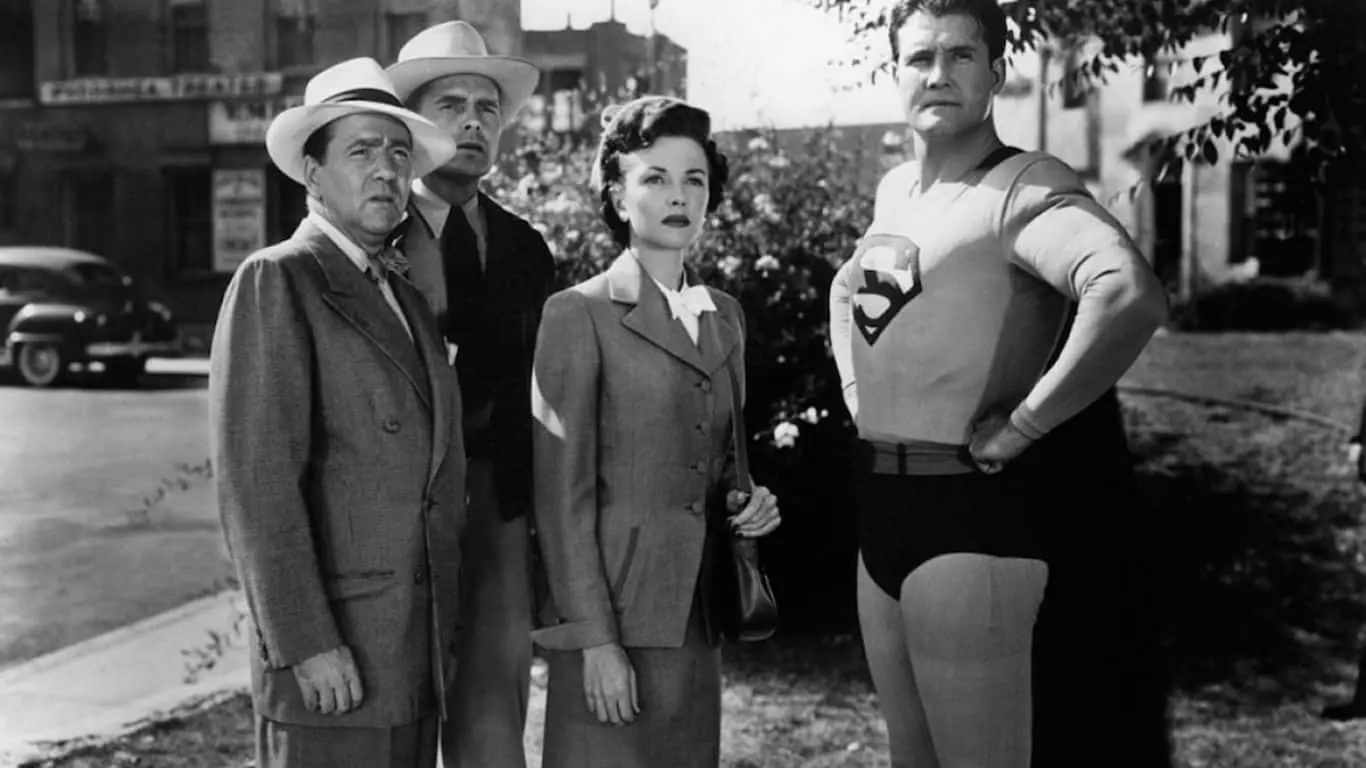
The 1950s saw Superman transition from serials to feature films, with “Superman and the Mole Men” in 1951, later spawning the beloved “Adventures of Superman” TV series. This period marked the rise of superhero media as a form of family entertainment.
The 1960s brought a different flavor to the superhero genre with the “Batman” TV series and its 1966 movie adaptation. Its campy, colorful style contrasted sharply with the darker tones of later Batman adaptations but remains a beloved part of the character’s history.
The Silver Age: The 1970s to 1980s
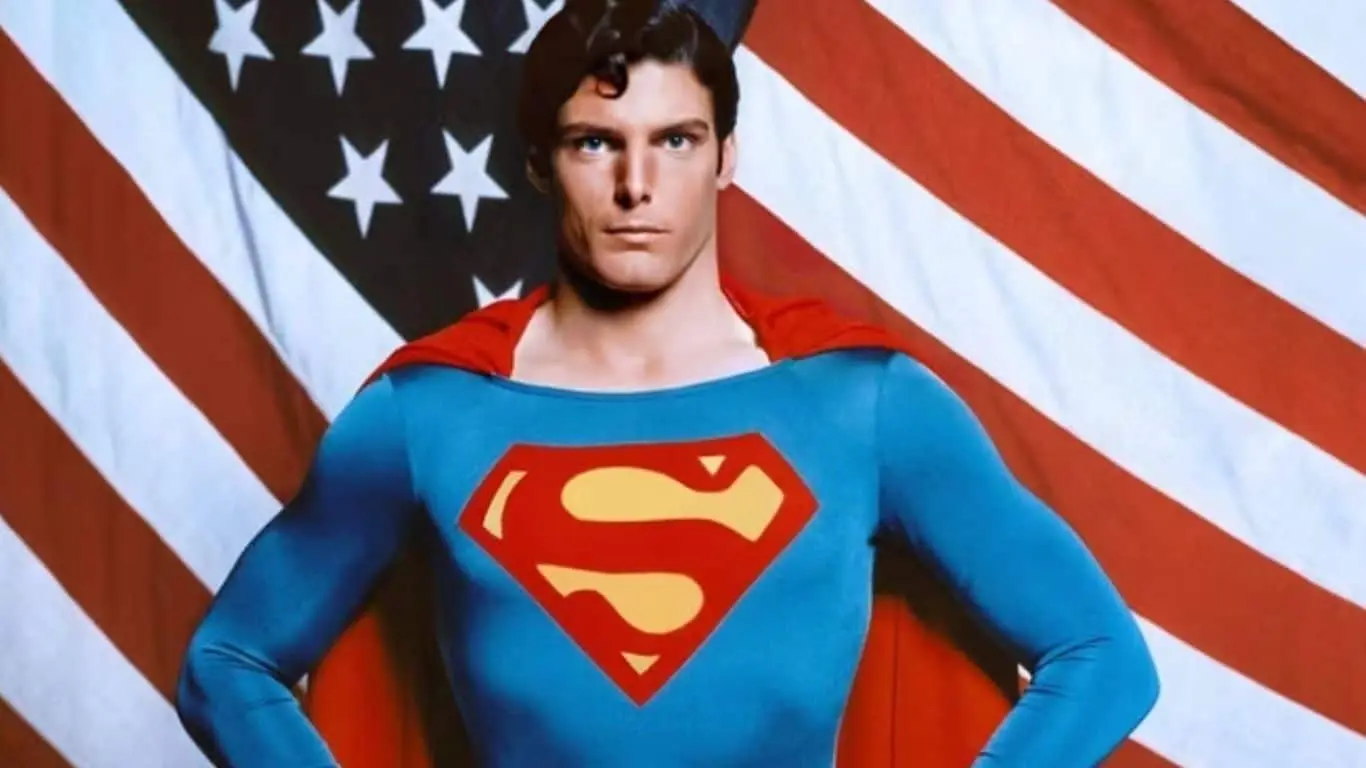
The 1978 release of “Superman,” starring Christopher Reeve, revolutionized superhero films. It combined advanced special effects, compelling storytelling, and a more serious approach, setting the tone for future superhero movies.
Tim Burton’s “Batman” in 1989 brought a gothic, darker aesthetic to the superhero genre. This interpretation was a stark departure from the campy 60s version, showcasing the versatility and depth of superhero narratives.
The Age of Experimentation: The 1990s
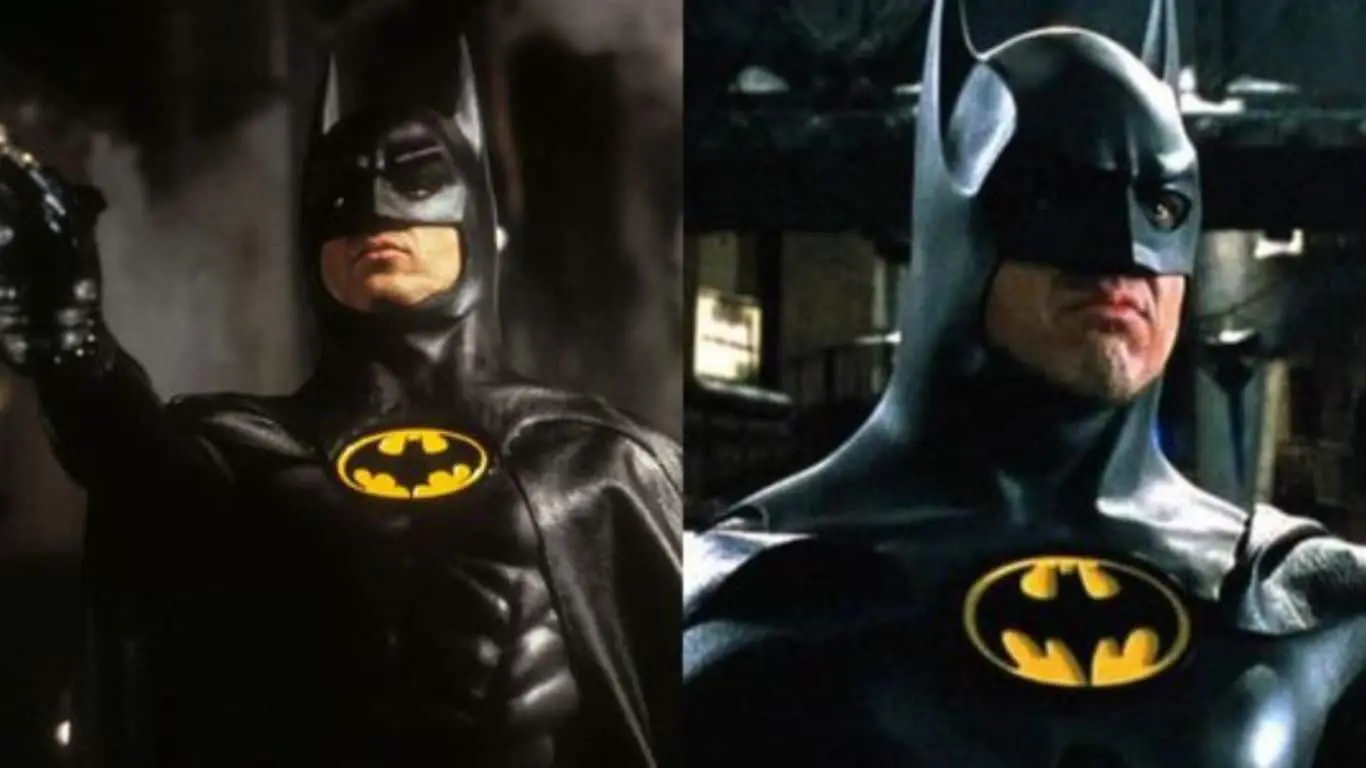
The 1990s were marked by varied interpretations of DC characters. While Tim Burton’s vision continued with “Batman Returns,” the franchise later took a lighter turn with “Batman Forever” and “Batman & Robin.” This era tested the boundaries of how these heroes could be portrayed on screen.
This period also saw attempts to bring other DC characters to the big screen, with varying degrees of success. Movies like “Steel” and “Catwoman” showed the challenges of adapting certain characters, highlighting the importance of matching the right creative vision with each hero.
The Renaissance: The Dark Knight Trilogy and Beyond
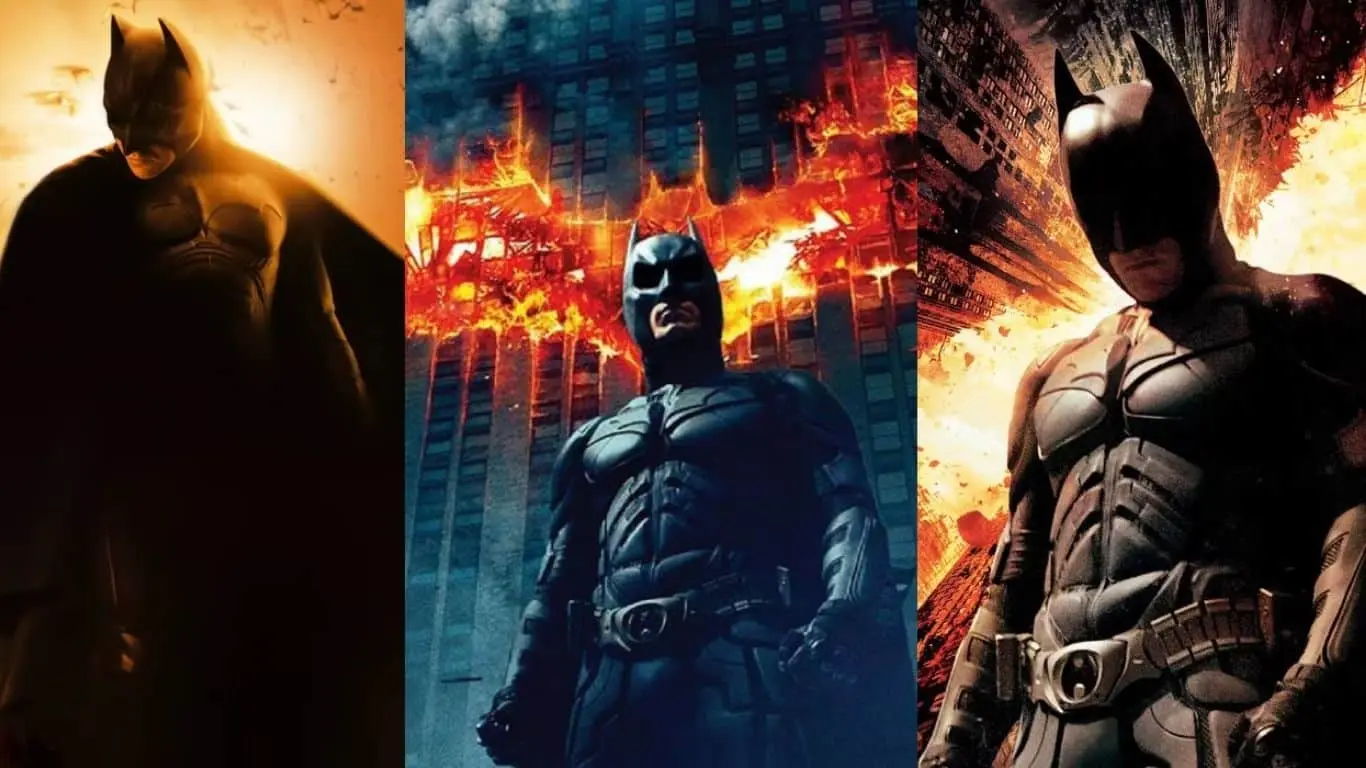
The release of “Batman Begins” in 2005, directed by Christopher Nolan, marked the beginning of a renaissance for DC Comics movies. This was followed by “The Dark Knight” (2008) and “The Dark Knight Rises” (2012), both of which were critical and commercial successes. These films were praised for their sophisticated storytelling, complex characters, and philosophical depth, setting a new standard for superhero movies.
The DC Extended Universe (DCEU)
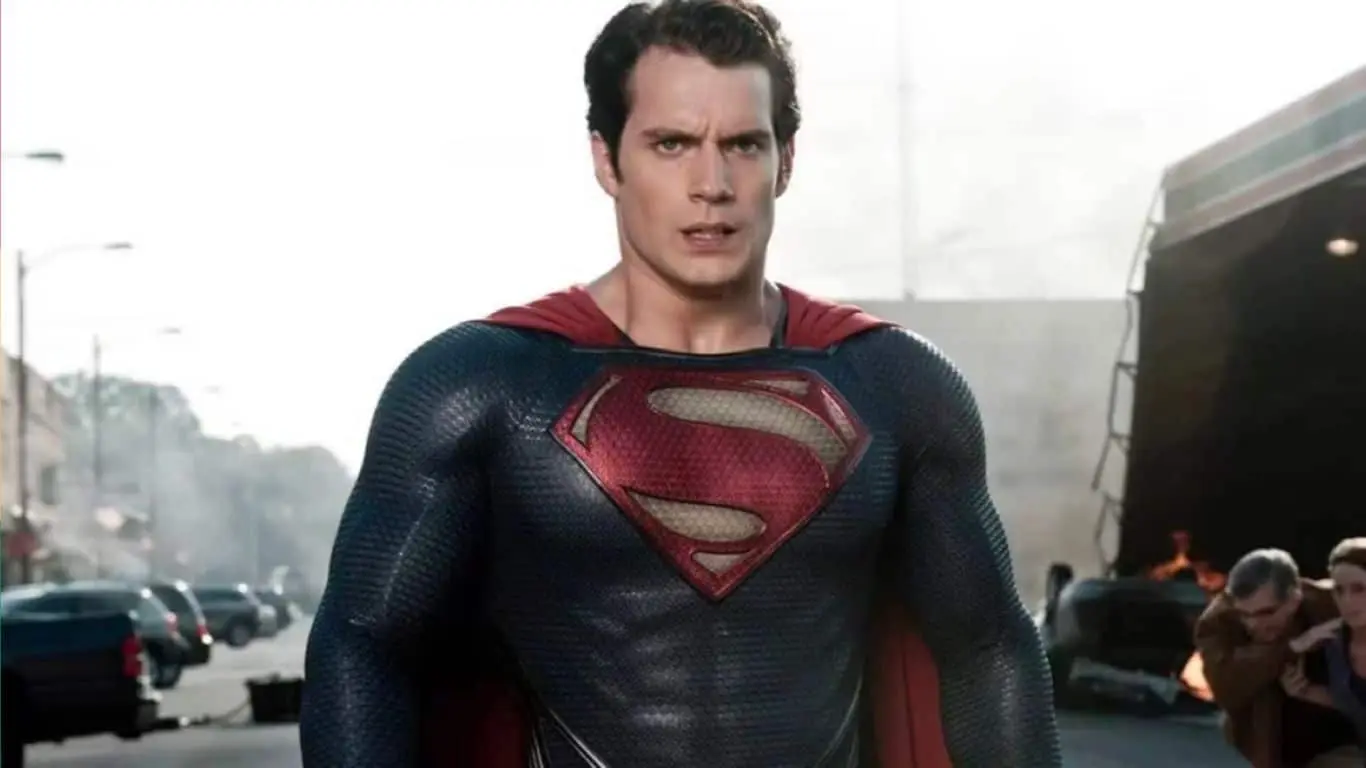
In response to the interconnected cinematic universes of their competitors, DC Comics and Warner Bros. launched the DC Extended Universe with “Man of Steel” in 2013, reintroducing Superman to a new generation. This was followed by several other films aimed at establishing a shared universe, including “Batman v Superman: Dawn of Justice,” “Wonder Woman,” “Aquaman,” and “Justice League.” Despite a mixed critical reception, these films have enjoyed considerable box office success and have contributed to the expansion of the DC Comics movie universe.
The Future of DC Movies

The future of DC Comics movies looks expansive. With new movies, spin-offs, and alternative takes like “The Batman” and “Joker,” the universe is branching out in various interesting directions, offering fresh perspectives on well-known characters.
There’s a growing focus on diversity, both in front of and behind the camera, and a willingness to experiment with different genres and storytelling techniques, promising a rich and varied future for DC Comics movies.
Also Read: Top 10 Female Supervillains In DC comics
